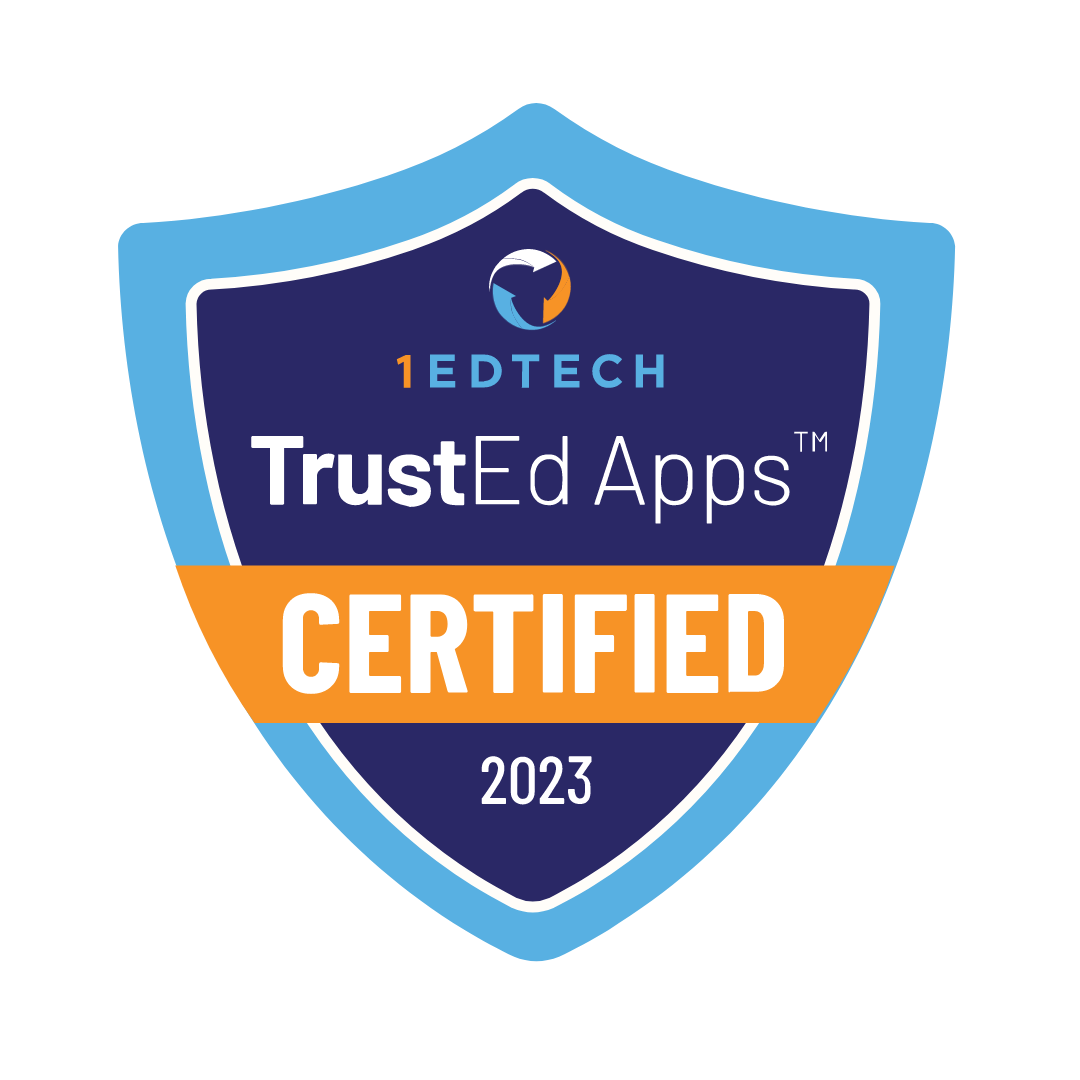Contents [hide]
More students enroll in online middle schools every year. 73% of students say they would prefer to take some fully online courses in the future, according to research by Gitnux. Some parents and students use all the benefits of online education, while others aren’t quite sure how it works. We’ll explain how accredited online middle schools work.

Online middle schools provide grades 6-8 education through the internet. Students do lessons, assignments, and tests online with help from parents and teachers. Parents check the school their children attend is accredited. Accreditation matters for students because only education from accredited schools guarantees their knowledge will be widely accepted. We’ll explain what an accredited online school is, how accredited middle schools work, and how parents help their child.
What is Accredited Online Middle School?
An accredited online school meets set standards and is officially approved by recognized accreditation bodies or agencies. Accreditation bodies or agencies certify schools to ensure they meet educational standards.
Accreditation bodies or agencies in the United States (the U.S.):
There are two types of accredited schools: regionally and nationally accredited.
Regionally accredited schools are recognized in specific areas and are preferred for credit transfers. Regionally accredited schools are seen as more prestigious usually.
Nationally accredited schools are recognized across the country and focus more on career or vocational programs.
Parents verify a school’s accreditation on the school’s website or by checking databases from the U.S. Department of Education or the Council for Higher Education Accreditation (CHEA).

The Basics of Accredited Online Middle Schools
We’ll go over six key things parents and students learn to avoid mistakes with accredited online middle schools.

The Enrollment Process
The enrollment process is the first step to join an online school. Each school has its own details. The enrollment process includes filling out an application, submitting documents, and paying registration fees in most cases. Some schools require taking placement tests or interviews.
Legacy Online School’s enrollment process has only five easy steps:
- Talk with us about the application process and learn more about Legacy Online School.
- Send us the online form with your child’s details.
- Our experts review your child’s application and come to a decision.
- Accepted students go through an onboarding process.
- Your child starts their classes and engages with peers.
The Curriculum
Online school curriculums are like those in traditional schools. The curriculum gives students a structured schedule and program. The curriculum differs from school to school. Parents check if the curriculum’s subjects meet state standards and whether they offer advanced or specialized courses for their child’s needs.
Legacy Online School offers an accredited curriculum for middle school. Legacy Online School’s curriculum covers core subjects. These subjects include Science, Math, Language Arts, and Social Studies. Students choose electives like Spanish and Art. This curriculum includes live teaching in small groups for personalized attention.
Extracurricular Activities
Many online schools provide virtual clubs, activities, and even sports opportunities for kids. Parents explore what’s available to ensure their child stays engaged outside academics. Parents keep in mind online learning has fewer social activities, so they need to find other options for their child outside of school sometimes.
Legacy Online School offers students different extracurricular activities and clubs. Legacy Online School has STEM, Language and Culture, Coding, and Art clubs. These clubs help kids develop skills and explore their interests.
Assistance for Students in Online Middle School
Many schools provide academic support like tutoring, counseling, or study resources. Parents check what school is offering before enrolling their child.
Legacy Online School offers students career and college counseling. Legacy Online School provides Advanced Placement (AP).
Teachers
Teachers in online middle schools offer virtual instruction. Parents make sure teachers are certified and have good reviews. Parents need to connect and keep in touch with teachers once their children begin school.
Legacy Online School has certified, skilled teachers from diverse cultural backgrounds. Our teachers have a great reputation and positive feedback from parents and students.
Student Life
Online schools give students the freedom to study and focus on activities they enjoy. Parents ensure the school offers flexible options so their child can create a schedule to fit their needs. Parents review these options before enrolling their child.
Legacy Online School offers different options. Students follow a structured schedule or work more independently. This flexibility allows students to choose what works best for their needs and family circumstances.
What Parents Can Do?

Parent’s role in a child’s online learning is not easy and requires dedication, as shown in the study “Perception, Burden, and Satisfaction of Parents of Children Attending Online Classes during COVID-19 Lockdown: A Cross-Sectional Survey“. The research was conducted by Aarti Rathaliya, S. Malarkodi, Rupinder Deol, and Rajarajeswari Kuppuswamy. This research shows the attitude of how parents perceived their children’s online education during the pandemic. The research involved 220 parents and showed key findings:
- 52% of parents had a negative perception of online learning
- 42% of parents felt moderate to severe burdens
- 51% of parents were satisfied with their children’s progress
The research highlights the challenges parents faced in balancing their responsibilities and supporting their children.
Parents help their child with everything from technical issues to emotional support. Here are five things parents do to help their children succeed in school:
- Help kids set up a quiet study area
- Create a flexible routine based on the child’s energy level
- Get involved in students’ learning by discussing what they’re studying
- Encourage kids to solve problems on their own
- Keep an eye on students’ mental and emotional well-being by ensuring they take breaks and relax
These five simple steps help parents stay involved in their child’s learning, give support when needed, and build independence.
Conclusion
Accredited online middle schools ensure your child gets a quality education. Online middle schools work like traditional schools but have some differences. We’ve looked at the main parts of the processes and gave parents tips to help their child adjust to online learning.












